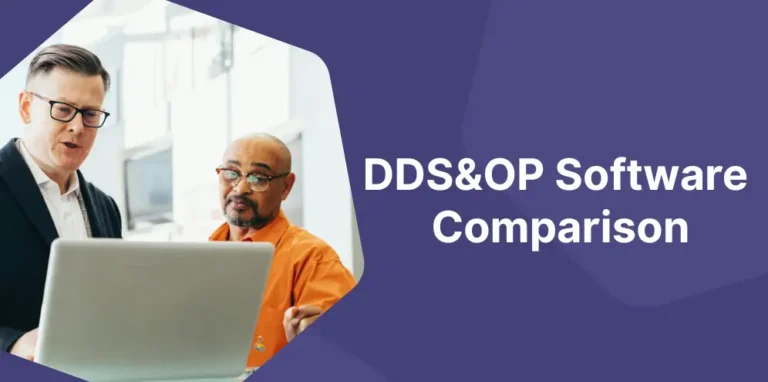As the DDMRP practice leader for PwC, I’ve had to do my fair share of explaining demand-driven concepts both internally and to customers. I want to thank Demand-Driven Technologies for giving me the opportunity to share my thoughts on their blog.
In this first post, I want to speak to the business leaders in the company about why they should be exploring the benefits of DDMRP. In a follow-up post, I’ll dig more into some key DDMRP concepts for the practitioners in the audience who are well-versed in traditional material requirements and supply chain planning.
What is DDMRP?
DDMRP stands for Demand Driven Material Requirements Planning and is an alternative approach to the traditional MRP and MRPII methodologies so deeply embedded in today’s ERP systems. In short, DDMRP bases replenishment on true market demand signals instead of forecasts, which are almost always inaccurate. Implementing DDMRP can help improve lead times, cycle times, inventory levels (raw materials, components, and finished goods) customer retention, margins, etc.
How Prevalent is DDMRP?
If you haven’t heard of DDMRP, you’re not alone. The concept of basing production and replenishment on demand is not new, of course, but it wasn’t adapted to our modern markets until Carol Ptak and Chad Smith formed the Demand Driven Institute. Together with some of the world’s best supply chain minds, they created the Demand Driven Operating model, of which, DDMRP is a foundational component. You can get a more complete history of the origins of demand-driven concepts by visiting the about section of their website.
The methodology itself combines many best practices from supply chain planning along with Lean 6 Sigma and ToC (Theory of Constraints), so it naturally took hold in the industrial manufacturing sector first and was gradually adopted by the wholesale distribution sector as well. Also, small and midsized companies were the earliest adopters, but soon, many large and multinational companies, including organizations of the caliber of Michelin, Shell Lubricants, British Telecom, and others, started seeing DDMRP’s potential.
Today, we estimate that thousands of companies have implemented or are implementing DDMRP. Much of the growth has been within the last two years, a period during which the method has become “mainstream” in supply chain professional circles. To connect with other professionals focused on the demand-driven methodology, I highly recommend joining the Demand Driven Group on LinkedIn. You can also follow Demand Driven Technologies and the Demand Driven Institute to stay informed on the latest events.
Demand Driven Technologies was involved in defining the DDMRP model from the outset, and they were the first software company to be certified by the Demand Driven Institute. Since then, other software companies have achieved certification, but Demand Driven Technologies hs been the first software developer to have achieved all three certifications available: DDMRP, DDOM (Demand Driven Operating Model), and DDSOP (Demand Driven Sales and Operations Planning).
What Business Results Can DDMRP Help Deliver?
Earlier, I mentioned a number of improvements DDMRP can help you achieve. However, my clients are almost always focused on two primary KPIs: increasing or maintaining service levels and lowering inventory.
Many of my clients already have a pretty good service level, around 95% or more. But, they’re often achieving that at the expense of on-hand inventory. Typically, we’ve been able to maintain service levels, and even increase them, while lowering on-hand inventory by 15 to 30%.
My very first client was a notable exception. They had an internal service level of 62%. Their customers were seeing a much higher service level, but that was largely because distributors were holding inventory. By implementing DDMRP, we were able to increase their service levels to 93% with no increase in inventory. Now, we’re working with them to implement some more traditional supply chain best practices, such as market segmentation, to drive their service levels even higher.
In my next post, I will get into greater detail on how DDMRP helps achieve these objectives. In the meantime, feel free to reach out to me with questions. We can connect on LinkedIn. I also know the great people at Demand Driven Technologies would be happy to help you explore the potential impact of DDMRP in your organization as well.
Request a demo to see how DDMRP can help you.

Ivan Lavatelli, PMP, CPIM, CSCP, SCOR-P, is a certified supply chain professional and APICS instructor with more than 20 years of experience helping organizations of all sizes improve their supply chain management practices. From his home base in Italy, he leads PwC’s DDMRP practice and was named a Top 10 instructor for 2019.












